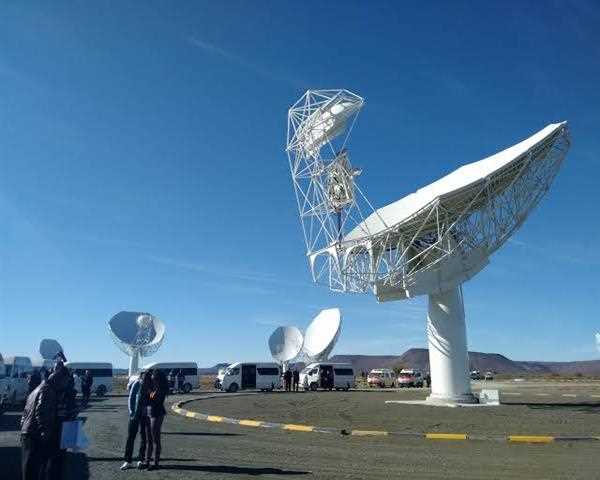
Mega telescope in South Africa focuses on the mysteries of the cosmos.
On Monday, South African officials and researchers hailed a significant step in the construction of the largest radio astronomy apparatus in the world, which is co-hosted with Australia and aims to solve cosmic secrets.
The development of a complicated apparatus intended to reveal events since the cosmic dawn, when the first stars and galaxies were formed, enters its next stage with the construction launch outside the isolated town of Carnarvon, Northern Cape. In order to establish SKA-Mid, South Africa claimed it would add 133 dishes to its 64-dish MeerKAT radio telescope in the following stage of creating a so-called Square Kilometre Array (SKA).
'Today has huge significance for all of us,' said Joseph McMullin, deputy director-general of the SKA Observatory (SKAO), an international organisation. 'We are working toward building a large, exploratory instrument that can serve our community and expand a number of scientific frontiers.'
As part of SKA-Mid, MeerKAT will provide photographs of phenomena including star nurseries and the
chaotic area surrounding the supermassive black hole at the centre of our galaxy, which is located about 25,000 light-years
from Earth.
The enormous protected reserve around Carnarvon is the major African base for hundreds of antennae that may eventually be placed as far away as Kenya and Ghana because of its remoteness and the hills that act as an additional screen against radio interference.
With the planned extensions, which are anticipated to be operational by 2030, the dishes can be connected to one another to form a much larger telescope with improved image quality and resolution.
According to officials, Australia will host a low-frequency telescope array of 131,072 antennae, each two metres tall and resembling Christmas trees, while MeerKAT will triple the number of dishes to form a mid-frequency device.


